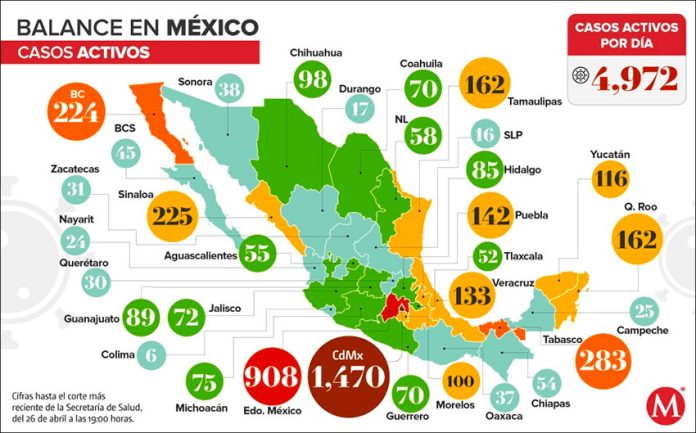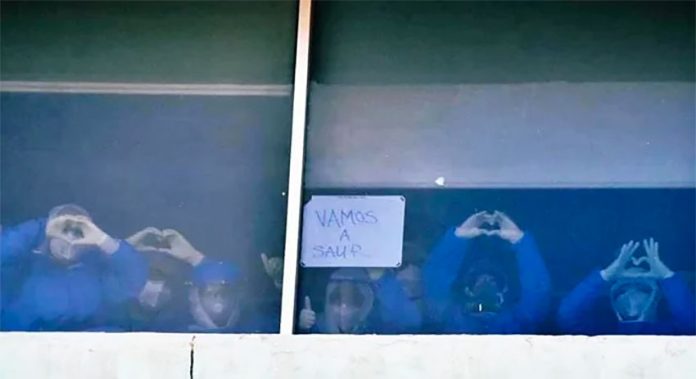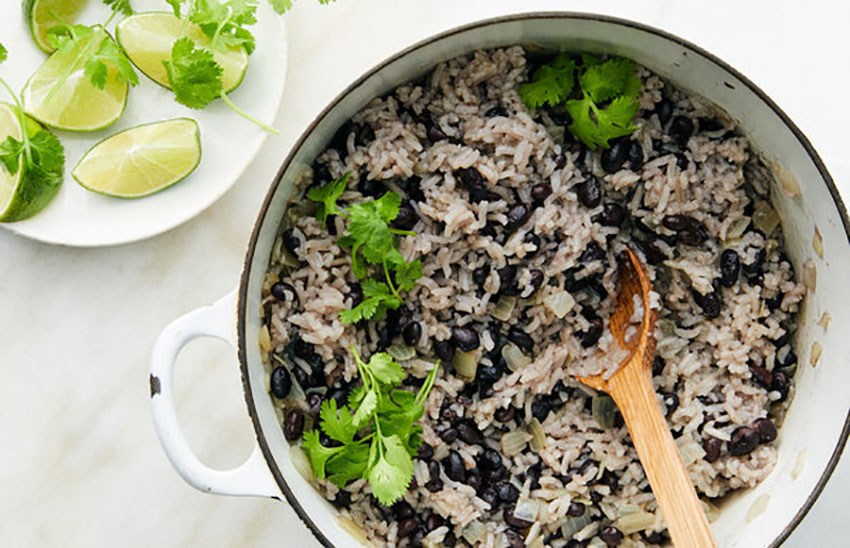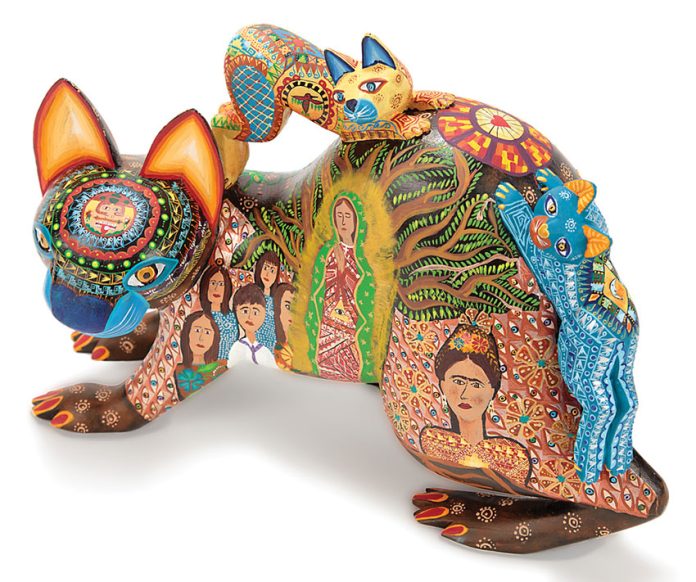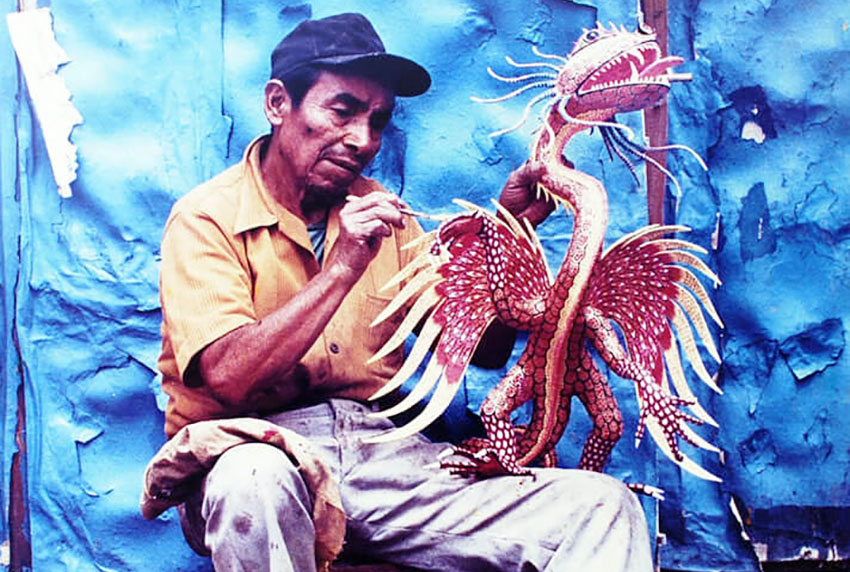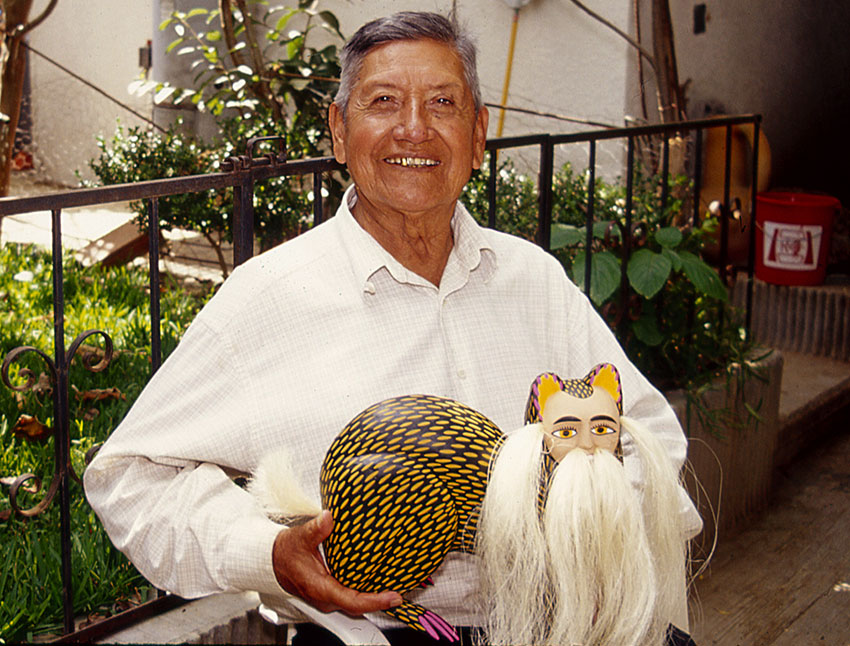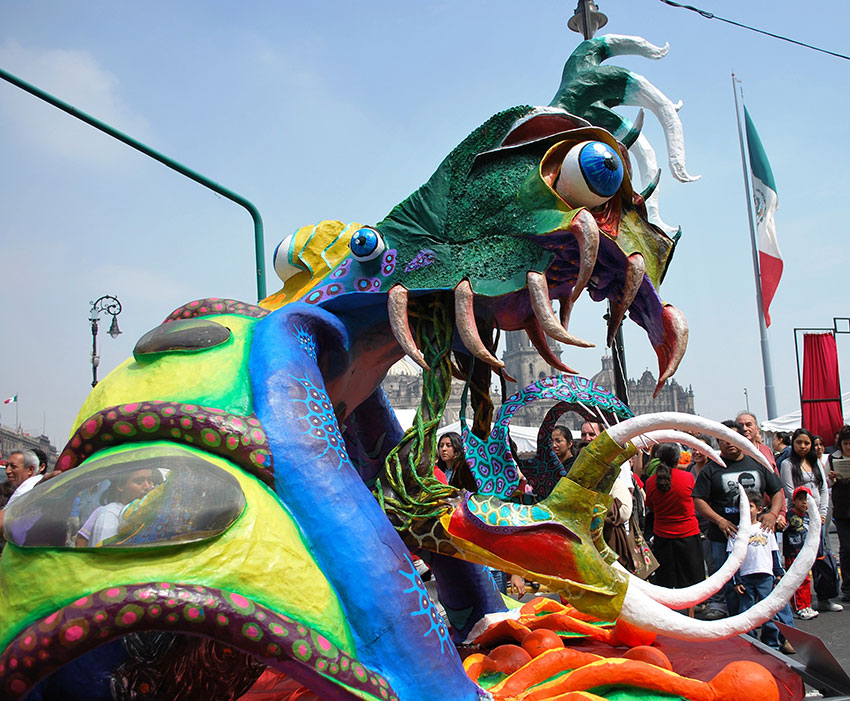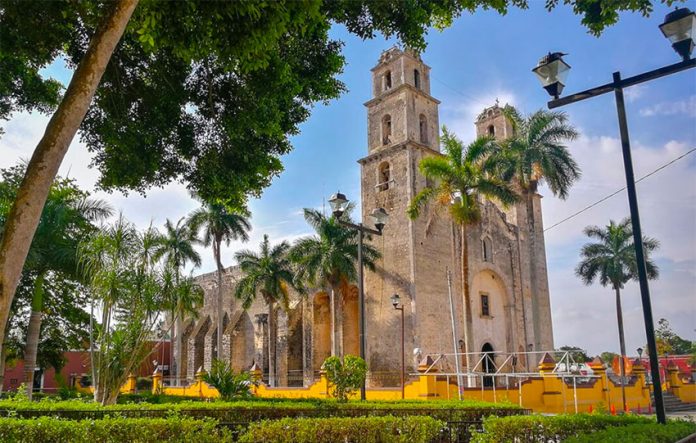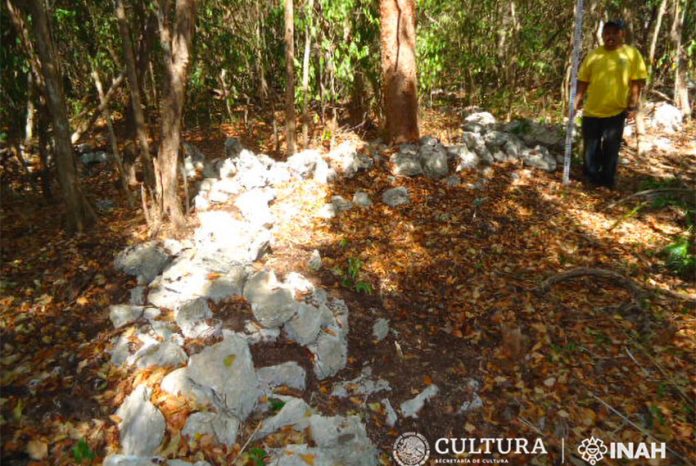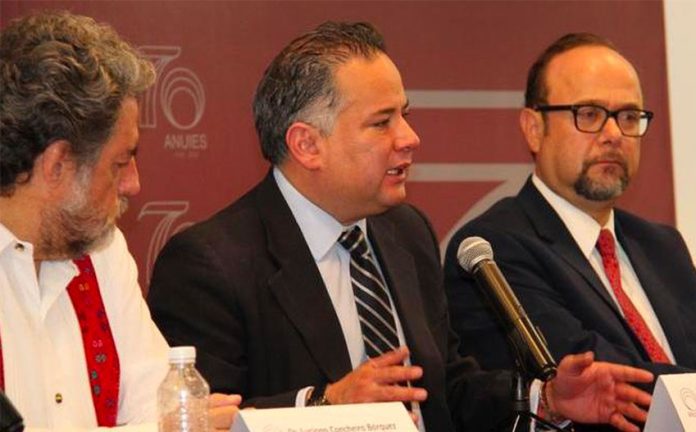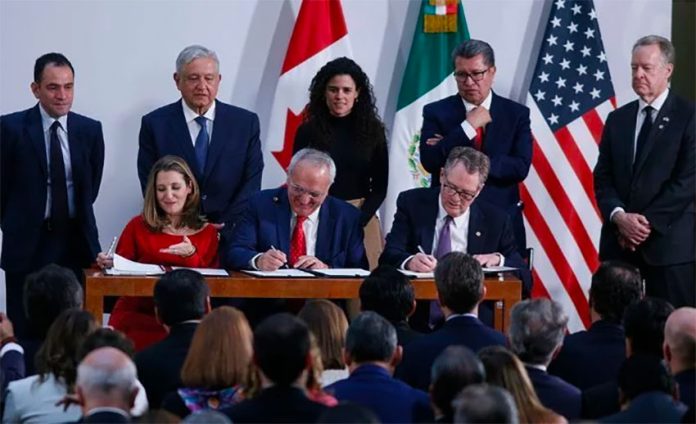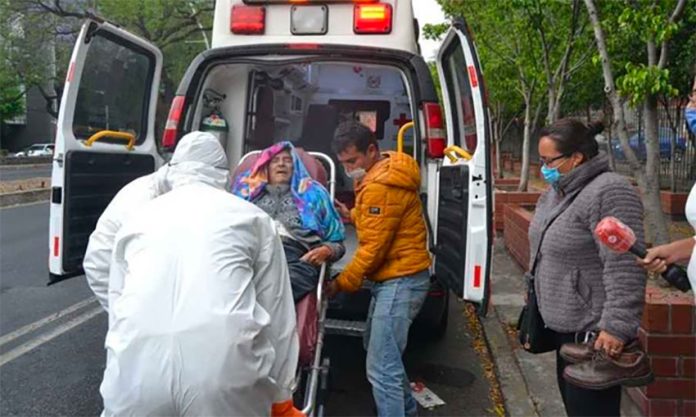Official statistics show that Covid-19 is more lethal in Mexico than the United States, which has the world’s largest known outbreak, and China, where the coronavirus that causes the disease originated late last year.
The fatality rate is 9.2 per 100 cases in Mexico, which has recorded 1,351 coronavirus-related deaths from 14,677 confirmed cases. The rate dropped slightly on Sunday from 9.4 a day earlier.
Among 137 countries that have recorded at least one coronavirus-related death, Mexico has the 10th highest fatality rate, according to a report based on Saturday’s numbers by the newspaper Milenio.
Health authorities have explained on numerous occasions that the high prevalence of problems such as diabetes and obesity among the Mexican population contributes to the higher fatality rate here compared to many other countries.
While almost one of every 10 people known to have Covid-19 in Mexico has died, one in 18 has succumbed to the disease in the United States, where the fatality rate was just over 5.6 on Saturday.
The fatality rate in China was slightly lower, at 5.5, while Brazil and Canada had rates of 6.9 and 5.2 respectively.
Mexico’s fatality rate is also well above the rates in Germany, Switzerland, Turkey and Iran, all of which have recorded more Covid-19 deaths, but below those in Belgium, France, the United Kingdom, Italy and Spain.
The fatality rate in Mexico is also above the global rate of 6.9 deaths per 100 known cases. However, in analyzing Mexico’s death rate, one factor that must be considered is the testing rate.
A total of 67,635 people had been tested for Covid-19 as of Sunday, according to data from the federal Health Ministry, a number that equates to a rate of approximately 525 people tested per 1 million inhabitants.
The United States, by comparison, has performed more than 16,500 tests per 1 million people and several countries have even higher testing rates.
A low rate inevitably means that many cases of Covid-19 go undetected, especially asymptomatic ones, which are believed to constitute a considerable portion of total cases.
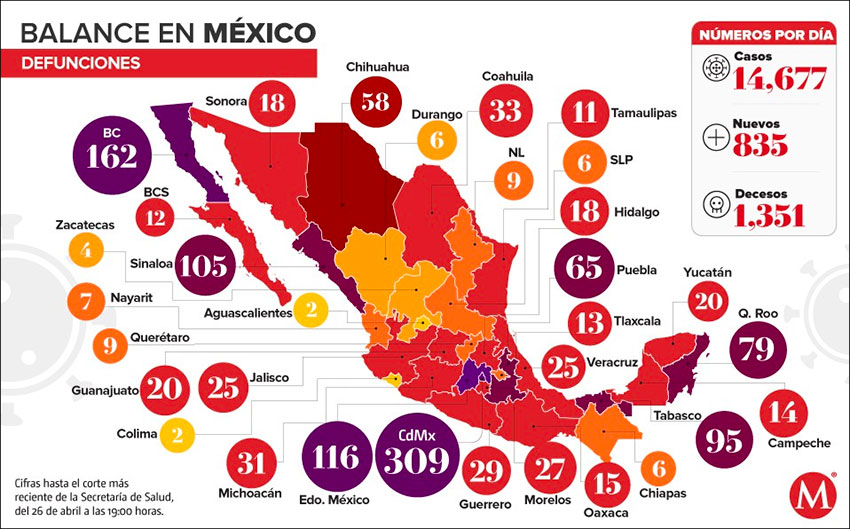
While the testing rate is low in Mexico, the Health Ministry says that it can estimate the real size of the Covid-19 pandemic by using the sentinel surveillance system in which data about confirmed and possible coronavirus cases is collected at 375 different health care facilities and extrapolated.
Based on that system, the ministry estimates that there are about eight undetected Covid-19 cases in Mexico for each confirmed one, meaning that the total number of current cases would be more than 130,000. In that case, the true fatality rate in Mexico would be about 1.
Although the true Covid-19 fatality rate is unknown, one thing that is clear is that the pandemic continues to grow in Mexico.
The Health Ministry reported 1,805 additional confirmed cases over the weekend, taking the total number to almost 15,000, and 130 new fatalities, lifting the death toll to 1,351.
Director of Epidemiology José Luis Alomía said on Sunday that there are also 7,612 suspected cases of Covid-19 in Mexico. Of the cases confirmed since Covid-19 was first detected in Mexico at the end of February, 4,972 are currently considered to be active, he said.
Mexico City continues to have the highest number of confirmed and active cases in the country, with 3,966 and 1,470 respectively. México state ranks second in both categories with 2,355 confirmed cases and 908 active ones.
Baja California, where there are currently 224 active cases, is the only other state to have recorded more than 1,000 confirmed cases. Tabasco ranks third for active cases with 283 followed by Sinaloa with 225.
At the municipal level, Iztapalapa in Mexico City has the highest number of active cases with 265 followed by the capital’s Gustavo A. Madero and Centro (Villahermosa), Tabasco.
Mexico City has also recorded the highest number of coronavirus-related deaths with 309 followed by Baja California and México state, where 162 and 116 people, respectively, have lost their lives to Covid-19.
The northern border city of Tijuana, where hospitals have been overwhelmed with Covid-19 patients, is the only municipality in the country that has a triple-figure coronavirus death toll, with 116 people having died there.
Culiacán, Sinaloa, ranks second with 77 fatalities followed by Gustavo A. Madero, Mexico City, and Centro, Tabasco, which both have death tolls of 56.
Source: Milenio (sp)
